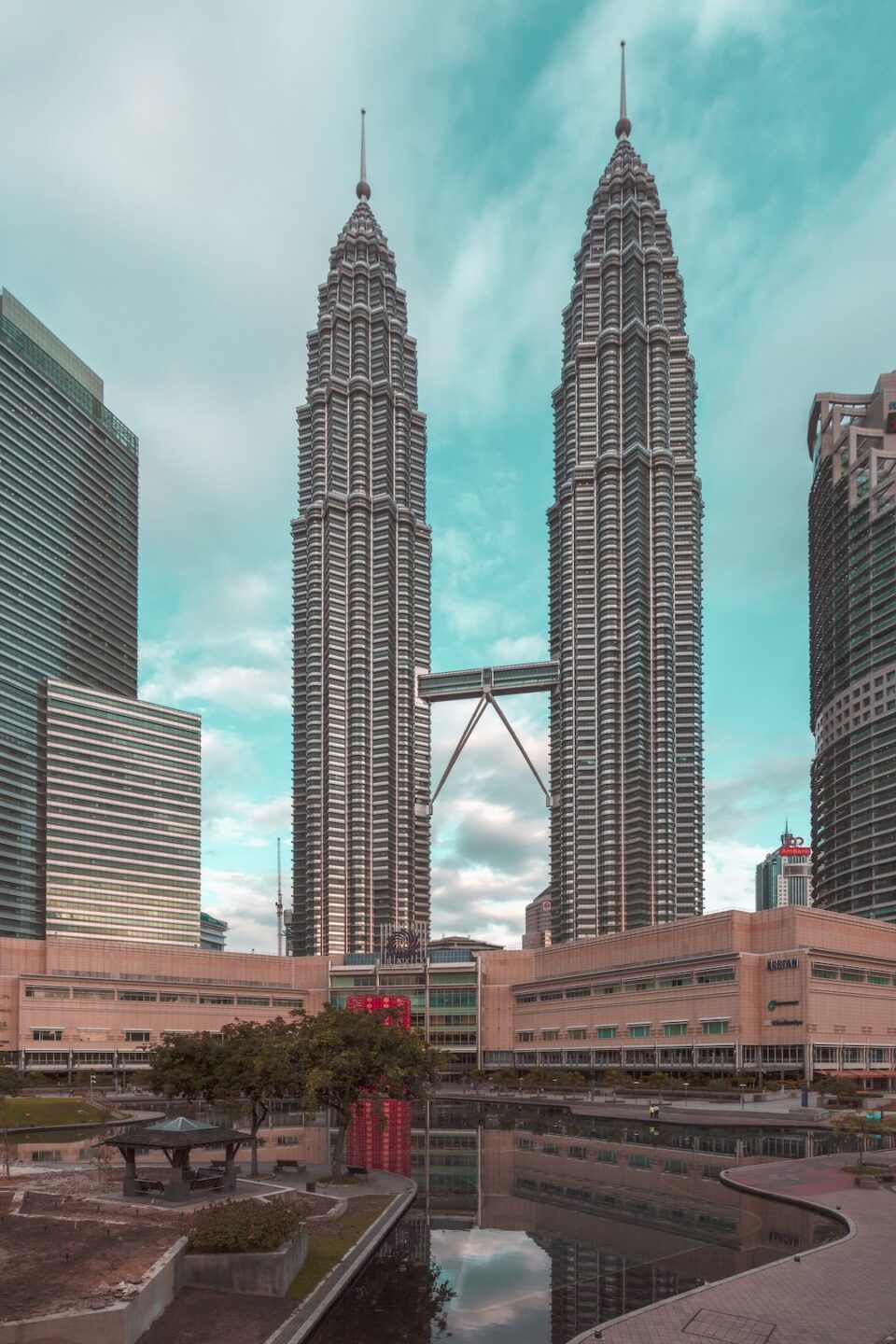Art and Social Media: The Changing Landscape of Artistic Promotion and Engagement
In the past, artists heavily relied on traditional forms of promotion and engagement to showcase their work to the world. This often involved physical galleries, art exhibitions, and word-of-mouth recommendations. However, with the advent of social media, the landscape of artistic promotion and engagement has undergone a drastic shift.
Social media platforms have become a powerful tool for artists, allowing them to reach a global audience instantaneously. With just a few clicks, artists can share their work with millions of people around the world, breaking down geographical barriers and reaching previously unattainable audiences. This has democratized the art scene, giving talented artists a platform to showcase their work without the need for expensive galleries or high-profile connections.
One of the most significant benefits of social media for artists is the ability to create a personal brand. Through strategic use of platforms like Instagram, Facebook, and Twitter, artists can curate their online presence and cultivate a strong following. This not only allows them to promote their work directly to interested audiences but also opens doors for collaborations, commissions, and sales. Social media has created an interconnected ecosystem where artists and art enthusiasts can easily find and connect with each other.
Moreover, social media has transformed the way artistic engagement and feedback occur. In the past, artists had limited opportunities to receive direct feedback on their work. However, with platforms like Instagram and Twitter, artists can now instantly receive feedback from a variety of sources, including fellow artists, collectors, and art enthusiasts. This real-time feedback loop provides valuable insights, constructive criticism, and even opportunities for growth and exposure. Artists can create online communities, cultivate relationships, and collaborate with their peers, all of which contribute to their artistic development.
Social media has also given rise to new forms of art, challenging traditional notions of what constitutes art. Artists can experiment with different mediums and styles and share their creations through photos, videos, or even interactive experiences. This has expanded the definition of art and allowed for more diverse and inclusive representations of creativity.
However, as with any technological advancement, there are drawbacks to the intersection of art and social media. The constant pressure for likes, follows, and shares can sometimes overshadow the artistic process and lead to a focus on creating content solely for the sake of gaining attention. It is essential for artists to strike a balance between sharing their work and maintaining the authenticity and integrity of their artistic vision.
In conclusion, social media has revolutionized the art world, transforming the way artists promote and engage with their work. It has provided artists with unparalleled exposure, allowed for new forms of art, and facilitated global conversations within the artistic community. While there are challenges associated with social media, its potential for artistic promotion and engagement is undeniable. As social media continues to evolve, artists must adapt and harness its power to showcase their creativity to the world.


